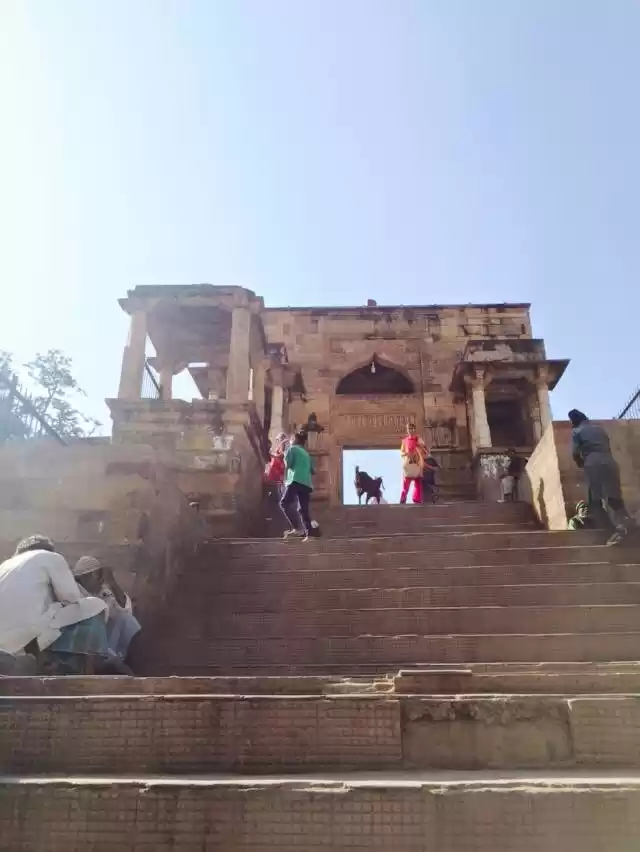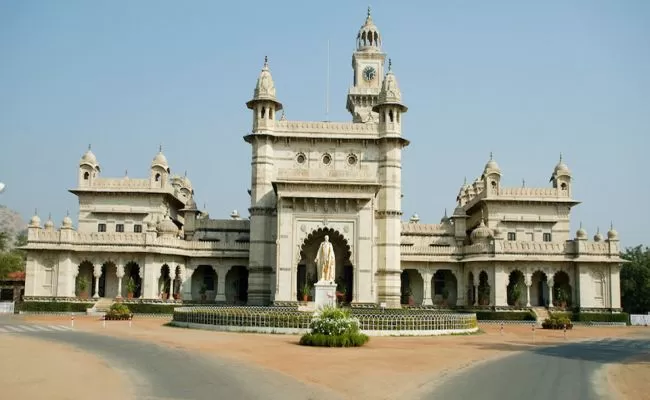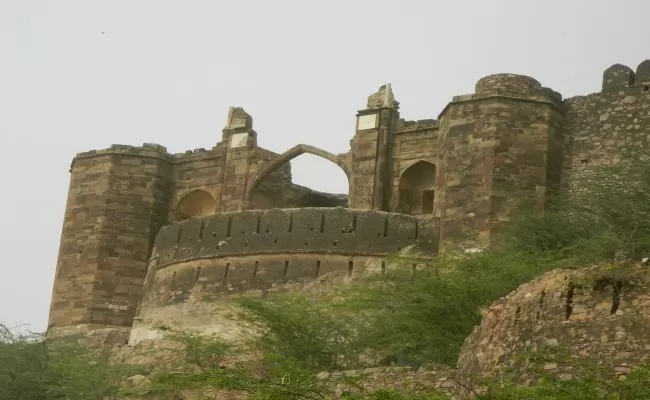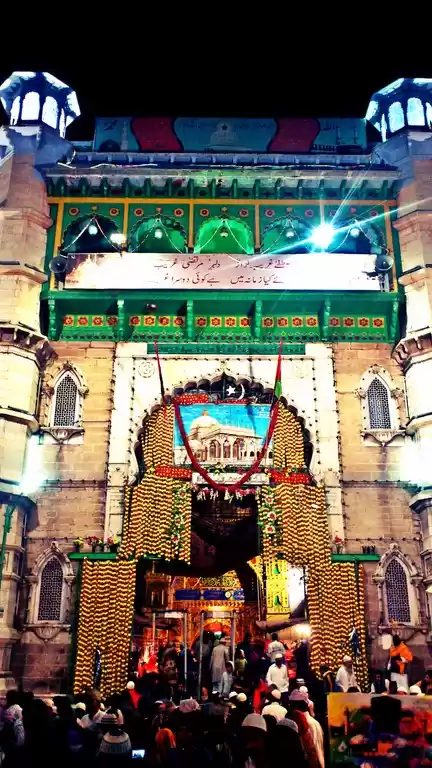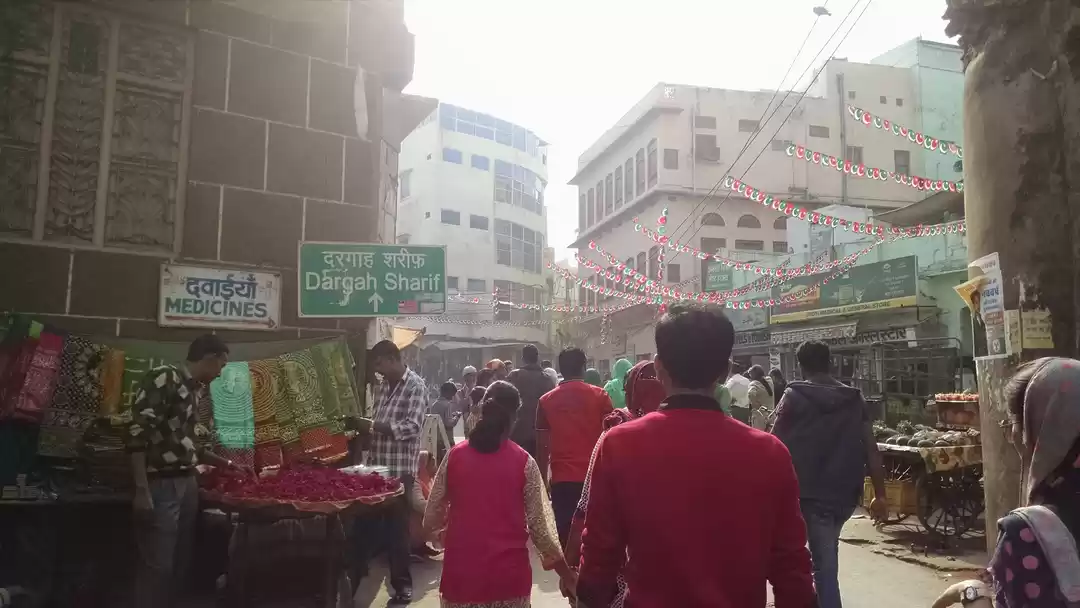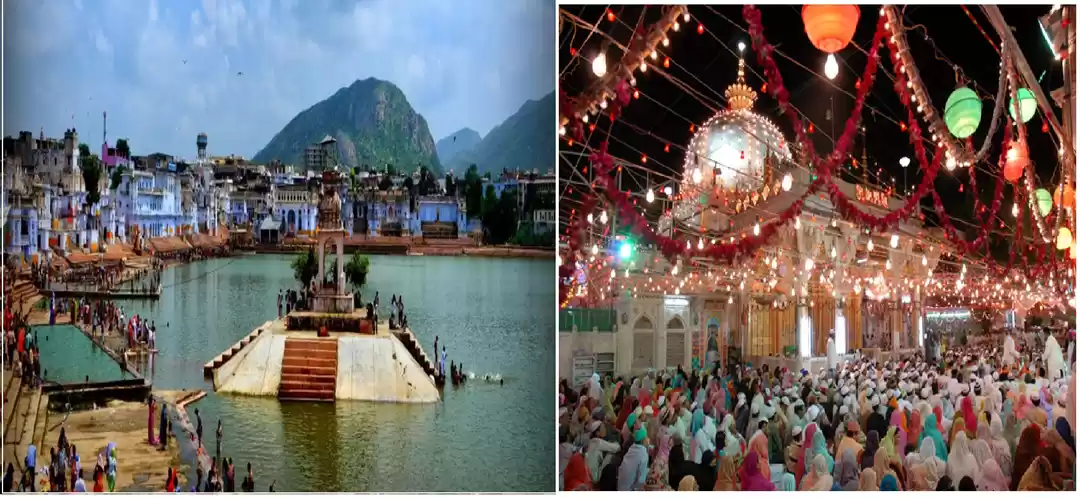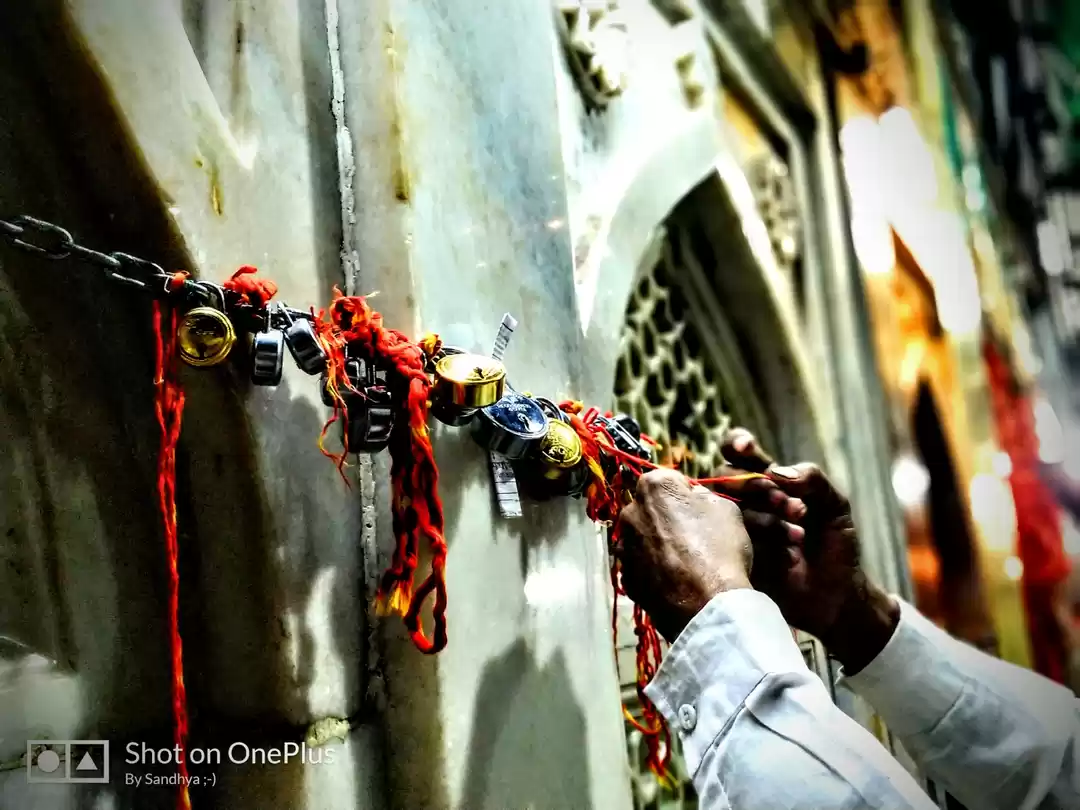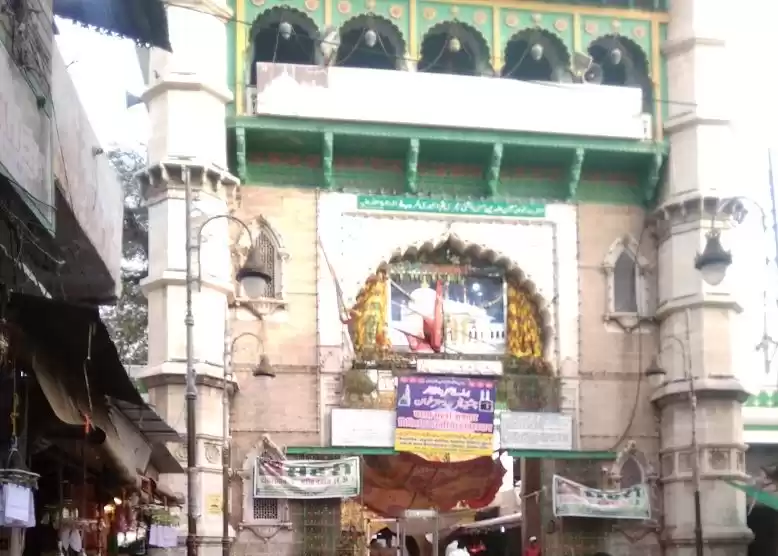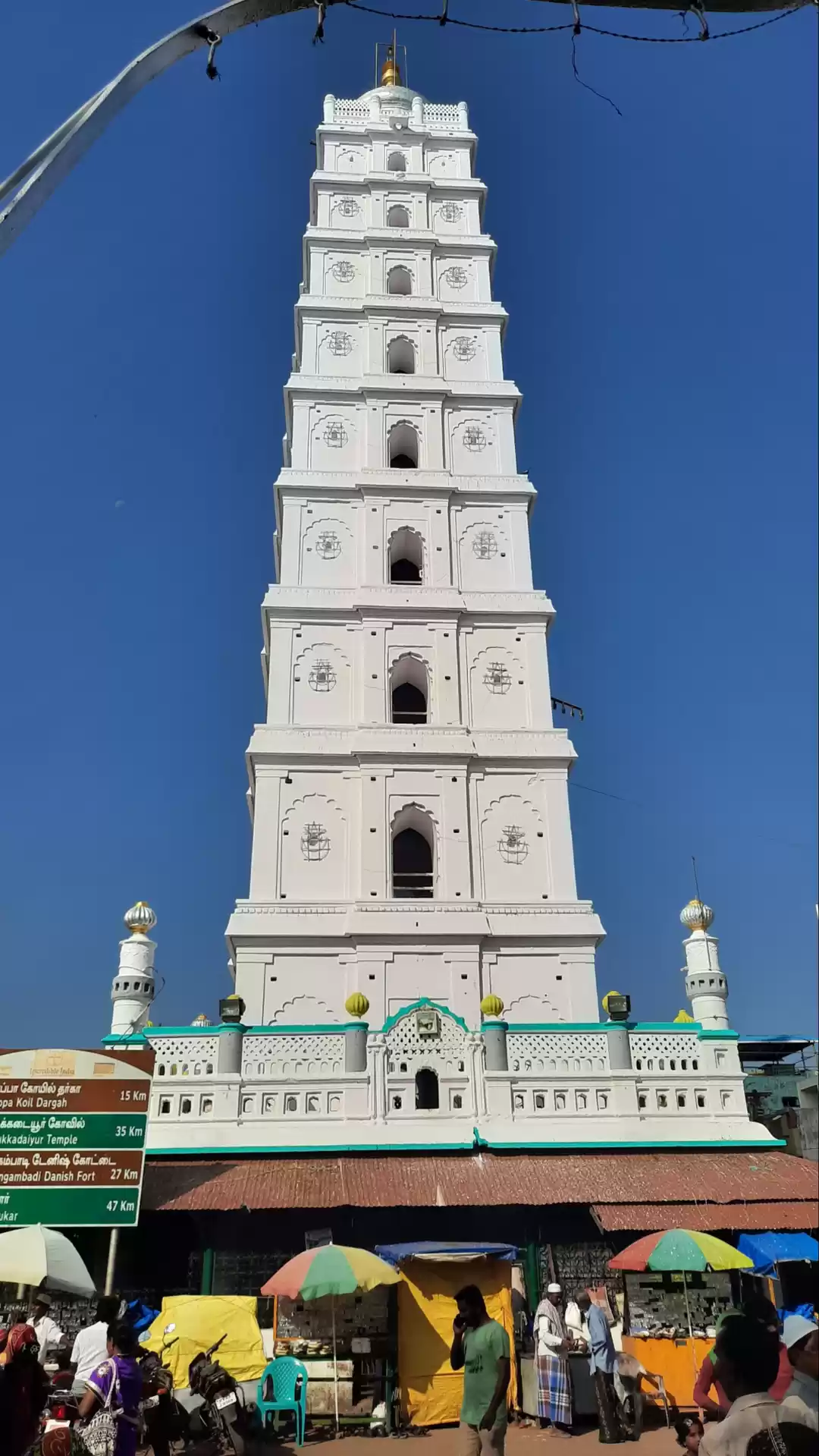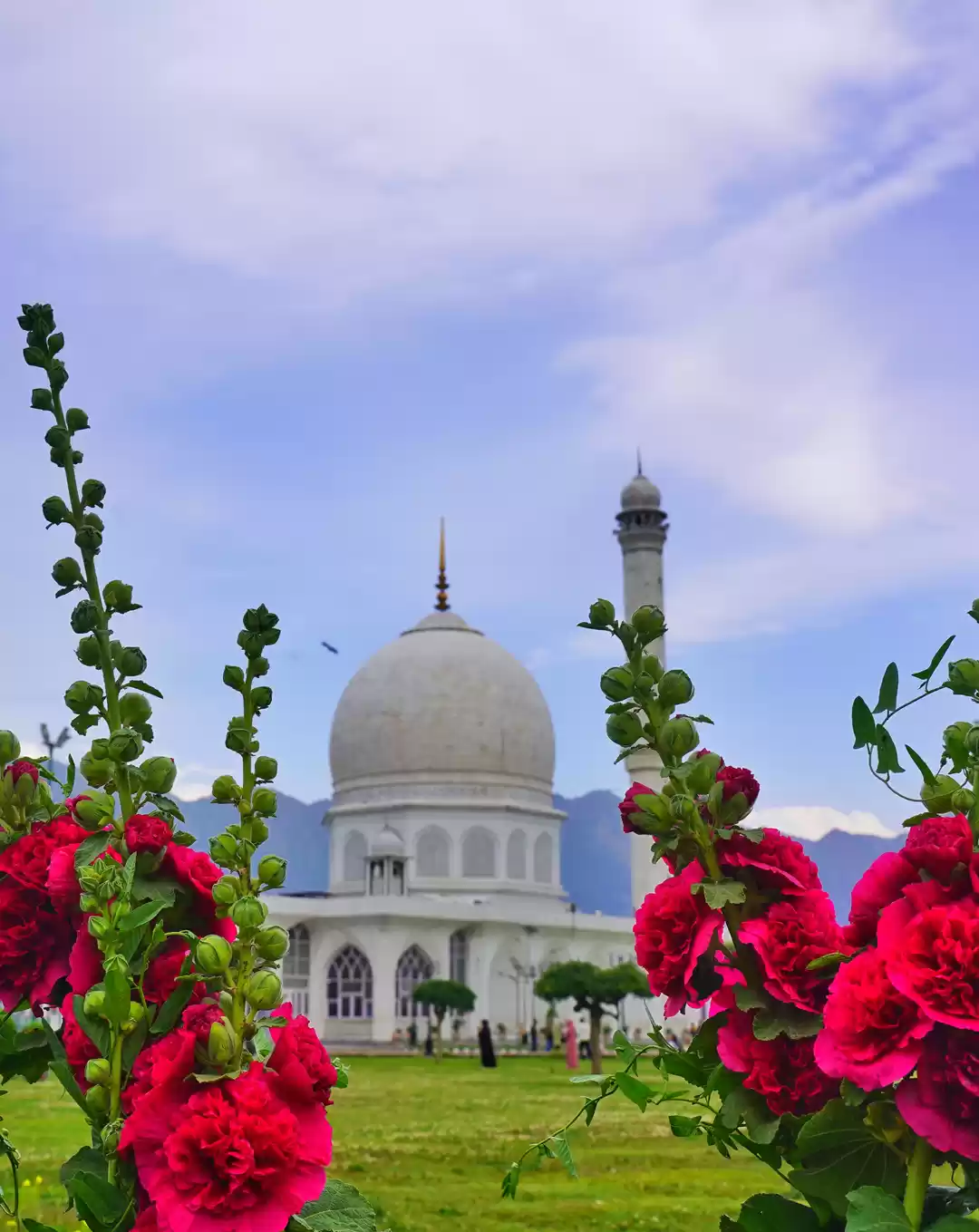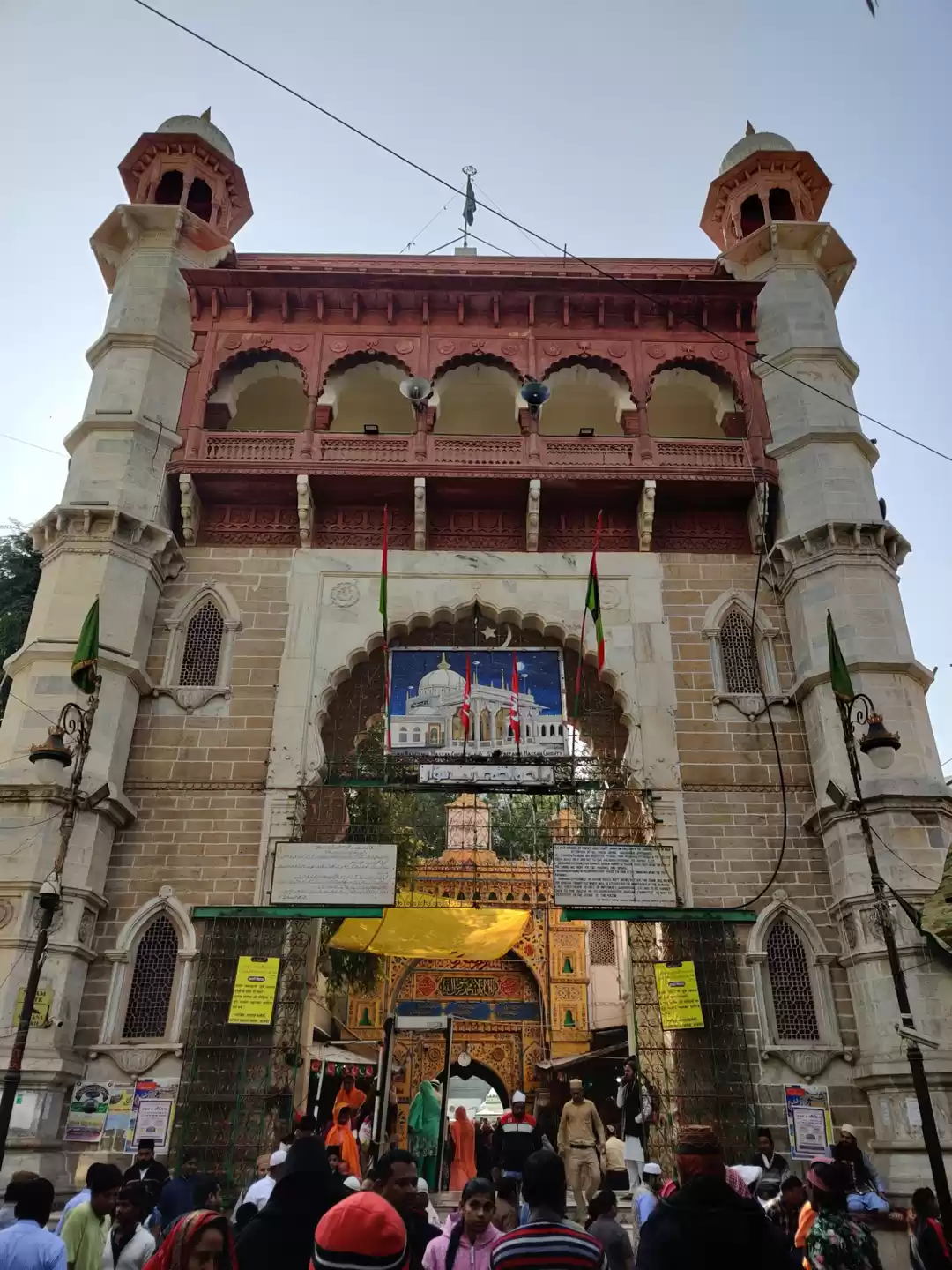Have you ever wondered what makes Ajmer Sharif Dargah one of the most revered and visited places of worship in India? Ajmer Sharif Dargah is the tomb of Moinuddin Chishti, a 13th-century Sufi saint who is widely regarded as the founder of the Chishti order of Sufism in India.
The dargah is a symbol of harmony and tolerance, as it attracts millions of pilgrims every year from various religions and backgrounds who seek the blessings of the saint.
In this article, we will explore the history, architecture and rituals of the dargah, as well as some tips for visiting and some other attractions in Ajmer that you can enjoy.
History of Ajmer Sharif Dargah
Moinuddin Chishti was born in Chisht, a town in present-day Afghanistan, in 1141 CE. He was a descendant of Prophet Muhammad and a disciple of Khwaja Usman Harooni, a renowned Sufi master. He travelled extensively across Central Asia, Persia and India, preaching the message of love, peace and service to humanity. He arrived in India in 1192 CE via Lahore and settled in Ajmer, where he attracted a large number of followers from different faiths and backgrounds.
He died in 1236 CE and was buried in his residence in Ajmer. His tomb became a shrine for his devotees who believed that he could intercede for them with God. The shrine was built by Mughal Emperor Humayun, who was a devotee of the saint. Later, other Mughal emperors, such as Akbar and Shah Jahan, also visited and expanded the shrine. The shrine also witnessed some historical events and personalities associated with it, such as Prithviraj Chauhan, Khwaja Qutbuddin Bakhtiar Kaki, Nizamuddin Auliya, etc.
Architecture of Ajmer Sharif Dargah
The dargah complex consists of several buildings and structures that reflect the Mughal, Persian and Rajput styles of architecture. The main entrance to the complex is through the Nizam Gate, which leads to a large courtyard. On the right side of the courtyard is the Buland Darwaza, a massive gate that was built by Akbar. On the left side are two mosques, Jama Masjid and Aulia Masjid, that were built by Akbar and Shah Jahan respectively.

The main attraction of the complex is the Dargah Shrine, which houses the marble tomb of Moinuddin Chishti. The tomb is covered with a gold-plated dome and surrounded by a silver railing and a marble screen. The tomb is adorned with flowers, chadar (cloth covering), perfume and other offerings from the devotees. The shrine also has a Mehfilkhana, a hall where musical performances (qawwali) are held in honour of the saint.
The complex also has two huge cauldrons (degh) that are used for cooking sweet rice (kheer) on special occasions. The cauldrons have a capacity of 2240 kg and 4480 kg respectively and are donated by Akbar and Jahangir. The kheer is distributed among the pilgrims as a blessing from the saint.
You may also like to read: Family trip to Ajmer Sharif Dargah - A Big Day
Rituals at Ajmer Sharif Dargah
The dargah is open to visitors from 6:00 AM to 9:00 PM every day, except for a few hours in the afternoon when it is closed for khidmat (service). The visitors can enter the shrine after removing their shoes and covering their head with a scarf or cap. They can also seek the guidance or assistance of the khadims (custodians) of the dargah who can help them with the rituals or prayers.
The most important ritual at the dargah is the annual Urs festival that commemorates the death anniversary of the saint. The festival lasts for six days and attracts millions of pilgrims from across the world. During Urs, various rituals and ceremonies are performed at the dargah, such as:
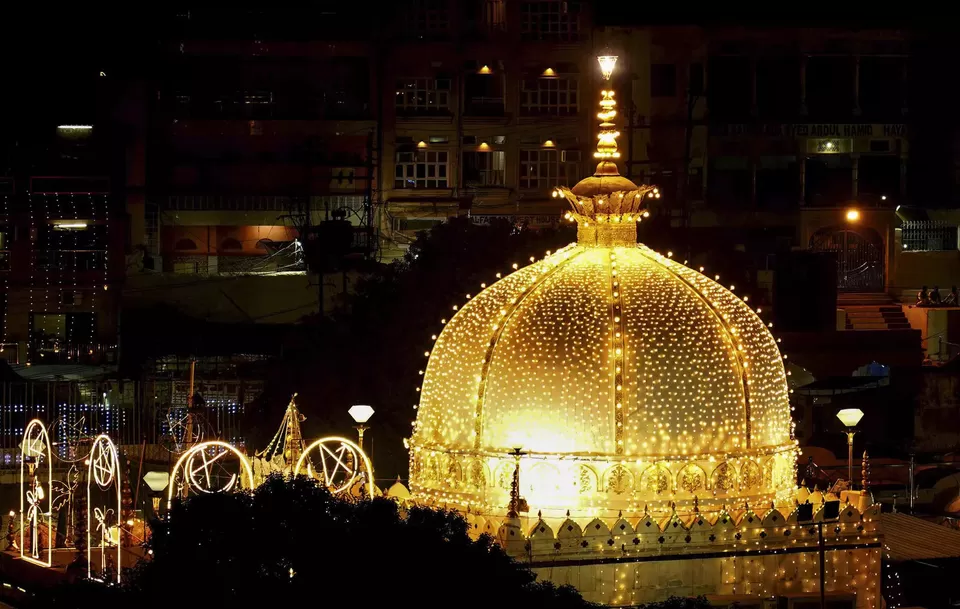
Qul Day: The final day of Urs when a special prayer (fatiha) is offered at the tomb.
Qawwali: Devotional music that is sung by groups of singers (qawwals) in praise of the saint and God.
Kheer Seva: The offering of sweet rice (kheer) that is cooked in the cauldrons (degh) and distributed among the pilgrims.
Chadar Offering: The offering of a cloth (chadar) that is placed on the tomb as a mark of respect and devotion.
Langar: Free food distribution that is done by the khadims and other volunteers for the pilgrims.
Apart from Urs, there are other rituals and practices that are observed at the dargah throughout the year by visitors who seek blessings or fulfilment of wishes from the saint. These include:
Tying threads on jali (lattice screen): Many visitors tie threads on the jali that surrounds the tomb, believing that their wishes will be granted by the saint.
Offering flowers or perfume to the tomb: Many visitors offer flowers or perfume to the tomb as a gesture of love and gratitude to the saint.
Donating money or food to the poor or needy (nazrana): Many visitors donate money or food to the poor or needy people who visit the dargah, following the example of the saint who was known as Gharib Nawaz (benefactor of the poor).
Tips for Visiting Ajmer Sharif Dargah
If you are planning to visit Ajmer Sharif Dargah, here are some useful tips that you should keep in mind:
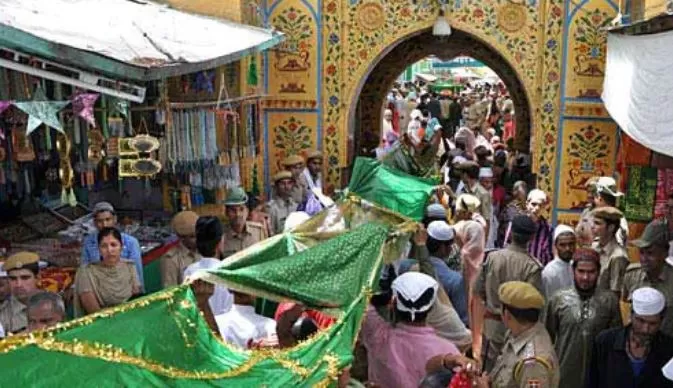
How to reach Ajmer:
Ajmer is well-connected by air, bus and rail from different cities in India. The nearest airport is Jaipur, which is about 130 km away. You can hire a cab from Jaipur to reach Ajmer. There are regular buses to Ajmer from cities like Delhi, Jaipur, Jodhpur, etc. You can also take a train to Ajmer from various railway stations in India.
How to reach the dargah:
The dargah is located in the heart of Ajmer city and is easily accessible by auto-rickshaw or taxi. You can also walk to the dargah from the main market or railway station, which are about 1 km away.
What to wear and what to avoid:
You should respect the dress code and cover your head with a scarf or cap while visiting the dargah. You should also wear modest clothes that cover your arms and legs. You should avoid carrying leather items or alcohol inside the dargah, as they are prohibited.
What to expect and what to do:
You should expect a large crowd and a long queue at the dargah, especially during peak hours (morning and evening) or during festivals (such as Urs or Eid). You should maintain silence and decorum inside the shrine and avoid taking photographs or videos. You can seek the guidance or assistance of the khadims who can help you with the rituals or prayers. You can also enjoy the qawwali music that is performed at the Mehfilkhana.
When to visit and what to avoid:
You can visit the dargah anytime between 6:00 AM and 9:00 PM, except for a few hours in the afternoon when it is closed for khidmat. The best time to visit is during winter months (October to March) when the weather is pleasant and conducive for sightseeing. You should avoid visiting during peak hours or during festivals when the dargah is crowded and chaotic.
Other Attractions in Ajmer
Ajmer has a lot to offer apart from Ajmer Sharif Dargah. Here are some other tourist places and activities in Ajmer that you can explore:

Adhai Din ka Jhopra: A 12th-century mosque that was originally a Sanskrit college. It has a unique blend of Hindu and Islamic architecture and features a large arched screen with seven arches.
Ana Sagar Lake: A man-made lake that was built by Anaji Chauhan, the grandfather of Prithviraj Chauhan. It has a scenic view and a marble pavilion called Baradari that was built by Shah Jahan.

Foy Sagar Lake: Another man-made lake that was built by an English engineer named Mr Foy in 1892. It has a panoramic view of the Aravalli hills and is a popular picnic spot.
Ajmer Government Museum: A museum that is housed in Akbar’s Palace, a 16th-century fort that was built by Akbar. It displays a collection of weapons, sculptures, paintings and other artefacts from the Mughal era.
Taragarh Fort: A hill fort that was built by Ajaipal Chauhan, the founder of Ajmer. It offers a splendid view of the city and has some historical monuments such as Miran Saheb ki Dargah, Rani Mahal and Bhim Burj.
Also Check out: 8 Things To Do in Ajmer and Pushkar
Ajmer Sharif Dargah is a must-visit place for anyone who is looking for a spiritual and cultural experience in Rajasthan. The dargah is not only a shrine of a Sufi saint, but also a symbol of harmony and tolerance among different faiths and backgrounds.
The dargah also showcases the rich history and architecture of the Mughal era, as well as the rituals and ceremonies that are performed in honour of the saint. The dargah is also surrounded by other attractions and activities in Ajmer that are worth exploring, such as lakes, forts, museums and temples.
So, what are you waiting for? Plan your trip to Ajmer today and explore the tomb of Moinuddin Chishti and other attractions in this historic city. You will surely have a memorable and enriching experience that will stay with you for a lifetime.

